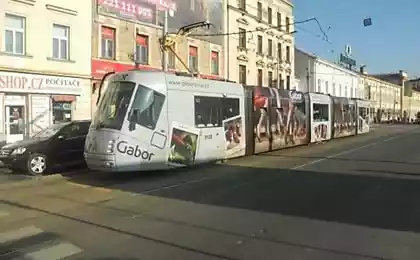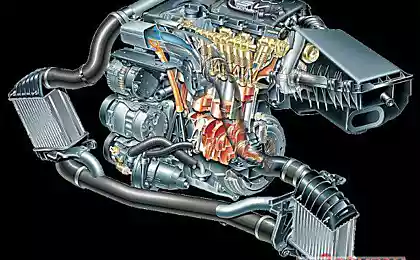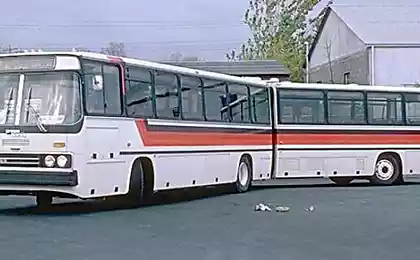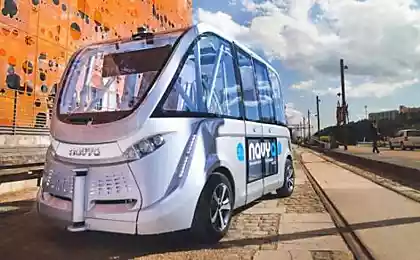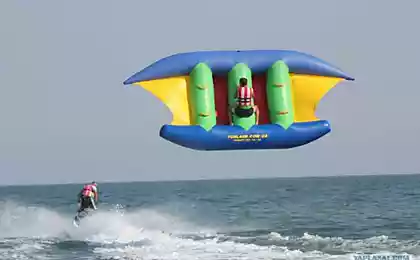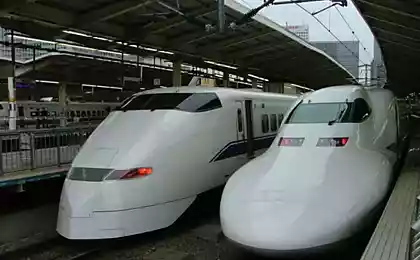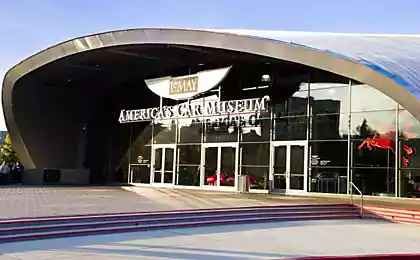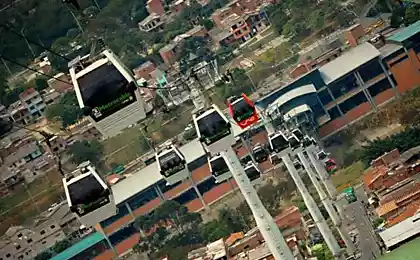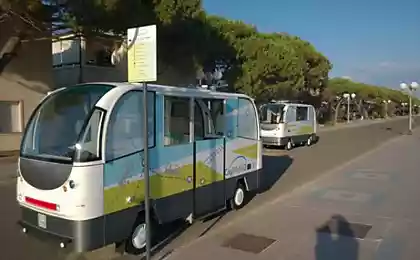196
Water buses - the next stage of public transport development
New things in public transport don't come every day, but here's a new one based on one of the oldest transportation options: water buses. ?
The obvious thing to note is that they will not be applied worldwide. However, for cities with rivers, river trams will be a viable form of public transport that offer a number of unique advantages.
First of all, travel time could be reduced to 33% for some trips, taking into account the lack of traffic. Water buses will also reduce traffic congestion even more than regular buses. In addition, the researchers believe that water buses will complement cycling. Researchers believe it would be easier to load and unload bikes from river trams than from conventional buses or trains.
Of course, there are a number of obstacles that can exist in any city when introducing water buses.
1. Water buses must be integrated with ground infrastructure, both physically and through payment systems.
2. They should work all year round, even if the water freezes in winter. The researchers note that a heavy steel reinforced hull will increase fuel consumption, but the solution may be to connect icebreakers to keep waterways open in winter. “In our opinion, there is a lighter material that can break ice, and we save fuel during the summer if we don’t have to carry a heavy, steel-reinforced case,” Garme says.
3. Landing and disembarkation should be fast. “We want boats to work like a subway or a bus, where loading and unloading happens from the sides, not on the nose or stern,” he says.
4. These boats are energy efficient, efficient and easy to manufacture. They should also be modular, with different sizes for different needs.
5. Planning for water buses should be done before they are implemented. Water traffic planning needs to be integrated into plans for the rest of the system, or it won't be profitable. “There is also a risk that existing and potential berths could disappear, as waterfront property is so attractive,” says Hall Kihl.
I like the idea. I would love to ride a river tram, even more than a regular bus, tram or train. And I saw how useful they were in Wroclaw. Naturally, they will be limited to certain routes, but they create a big attractive addition to the existing transport options that I think I would look for at any opportunity.
Of course, many places have ferries to transport people from place to place. But they are very rare, if at all, used as regular public transport. They also don't often use environmentally friendly technologies and have terrible emissions. These are not the modular, efficient water buses the researchers suggest.
What do you think? Could river trams be the next step in public transport?
P.S. This is the kind of water transport we have.
Source: rodovid.me
The obvious thing to note is that they will not be applied worldwide. However, for cities with rivers, river trams will be a viable form of public transport that offer a number of unique advantages.
First of all, travel time could be reduced to 33% for some trips, taking into account the lack of traffic. Water buses will also reduce traffic congestion even more than regular buses. In addition, the researchers believe that water buses will complement cycling. Researchers believe it would be easier to load and unload bikes from river trams than from conventional buses or trains.
Of course, there are a number of obstacles that can exist in any city when introducing water buses.
1. Water buses must be integrated with ground infrastructure, both physically and through payment systems.
2. They should work all year round, even if the water freezes in winter. The researchers note that a heavy steel reinforced hull will increase fuel consumption, but the solution may be to connect icebreakers to keep waterways open in winter. “In our opinion, there is a lighter material that can break ice, and we save fuel during the summer if we don’t have to carry a heavy, steel-reinforced case,” Garme says.
3. Landing and disembarkation should be fast. “We want boats to work like a subway or a bus, where loading and unloading happens from the sides, not on the nose or stern,” he says.
4. These boats are energy efficient, efficient and easy to manufacture. They should also be modular, with different sizes for different needs.
5. Planning for water buses should be done before they are implemented. Water traffic planning needs to be integrated into plans for the rest of the system, or it won't be profitable. “There is also a risk that existing and potential berths could disappear, as waterfront property is so attractive,” says Hall Kihl.
I like the idea. I would love to ride a river tram, even more than a regular bus, tram or train. And I saw how useful they were in Wroclaw. Naturally, they will be limited to certain routes, but they create a big attractive addition to the existing transport options that I think I would look for at any opportunity.
Of course, many places have ferries to transport people from place to place. But they are very rare, if at all, used as regular public transport. They also don't often use environmentally friendly technologies and have terrible emissions. These are not the modular, efficient water buses the researchers suggest.
What do you think? Could river trams be the next step in public transport?
P.S. This is the kind of water transport we have.
Source: rodovid.me
Abuse of salty foods accelerates the aging process
Cakes-masterpieces from Boxing champion Renata agzamova




